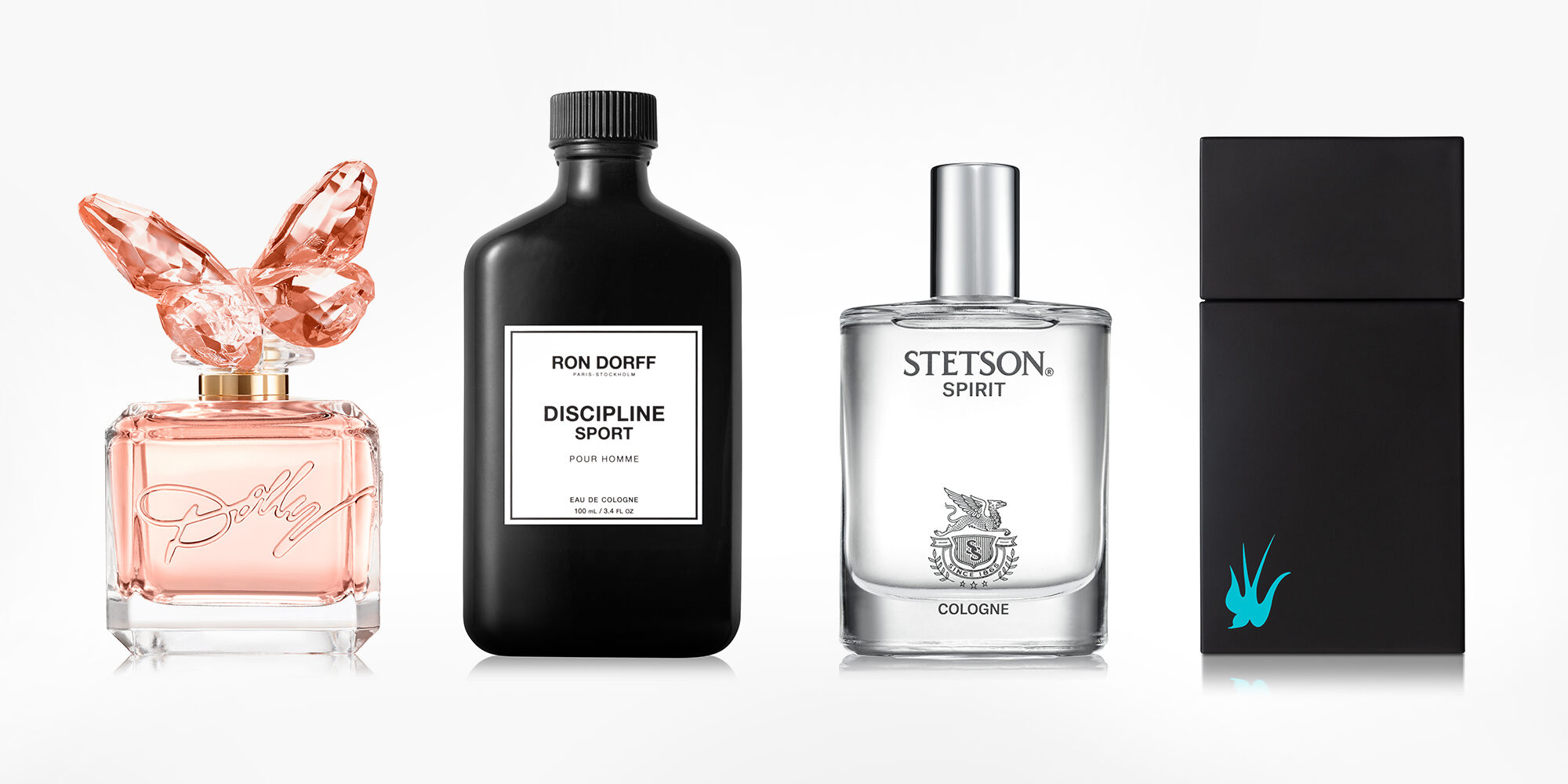
Scent Beauty CEO Steve Mormoris On What Makes A Celebrity Fragrance Relevant Today And Successful Sampling Strategies
When Steve Mormoris left Coty, where he spent 16 years and ascended to CMO for the global fragrance division, in 2016, consumers were rejecting the celebrity scents that had been cash cows for over a decade and turning to artisan scents with complex juices and stories. In the shifting market, Mormoris sensed a new kind of fragrance company could gain traction, one that would respond more nimbly than legacy players to changing consumer preferences and lean into e-commerce, traditionally a difficult endeavor for spritz-dependent scent selling.
In 2019, he started such a company, Scent Beauty, with former Coty CEO Bernd Beetz, who’s now its board chair. It stretches across several fragrance subcategories, from mass to prestige and niche to celebrity, with a portfolio of existing and future fragrances from the likes of Dolly Parton, Stetson, Simply Natural, Cher, Ron Dorff, Sam Edelman, K3 by Kenzo Takada, Kylie Minogue and Carmindy Beauty. Late last year, Scent Beauty closed a series A round led by investment firm KSV Global. According to Crunchbase, the company has raised a total of $12 million to fuel growth.
Beauty Independent caught up with Mormoris to discuss Scent Beauty’s growth, successful sampling strategies, Amazon distribution, why he’s bullish on celebrities and bearish on influencers, and where clean fragrances are surprisingly popular.
How did you get the idea for Scent Beauty?
Back in 2019, which seems like eons ago now, we were seeing a shift in the marketplace in terms of how consumers were buying beauty products to direct-to-consumer. Retailers and brands were creating their own retail channels through dot.com to more directly engage with consumers with richer content.
The second big seismic shift was luxury goods were being sold out of department stores and in direct-to-consumer. Consumers were looking for luxury products, but not necessarily in luxury channels. As a group of founders, we said to ourselves, “How do we capture consumers that are learning about brands through direct-to-consumer channels?”
The third factor for us in starting the company is we were looking for new brands in the market that were too small for big companies like Coty and Estée Lauder, but had legitimate followings. We saw that there were a lot of culturally relevant mid-size brands that were looking for ways to sell fragrances, cosmetics and skincare without partnering with large companies.
We started the company as Edge Beauty, but, when we looked to globalize it, Edge was replaced by Scent because it was more understandable for global markets. The company was literally started from scratch. We put together a website, scentbeauty.com, and we signed licensing deals with many unique brands, some unknown that have become famous, and some famous that have become more famous.
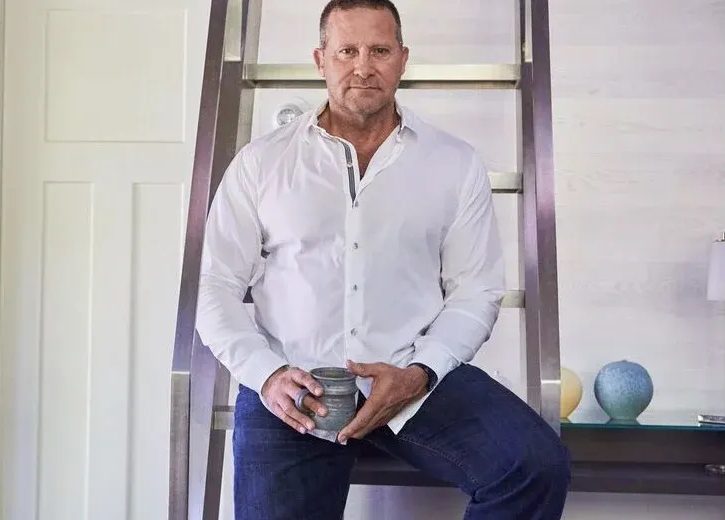
What have been key milestones so far?
One is we’ve learned how to create discovery of brands online without consumers going into the store. During COVID, of course, there was a complete upheaval with people not going into stores, and testers in the fragrance category were over. And there was hesitancy to buy products on Amazon without trying them. We learned direct-to-consumer marketing tactics, where we could reach out to consumers to offer them paid samples or clusters of samples we call discovery kits. We did this in a very sophisticated way.
The second milestone was we intuitively selected emerging brands mixed with more established brands. One brand is The Phluid Project, which is an LGBTQ brand that started in New York and has become a global phenomenon. That was our first licensing partner. We also have Ron Dorff, an upscale sportswear brand based out of Paris with a French and Swedish fashion aesthetic. We migrated the brand to fragrance.
We then signed Stetson, which came from Coty. It was doing well at Walmart despite COVID because people in the middle of the country were still shopping. We thought it could be a modern brand in the personal care category.
We started signing on celebrities, which was a taboo word in 2020. During the period of COVID, people were looking for escapism from celebrities they believed in. We signed licensing deals with Cher, Dolly Parton and Kylie Minogue. Consumers are looking for exciting fragrances from iconic artists.
What’s your take on celebrities in beauty generally?
One of the tailwinds helping celebrity brands today is the fact that people are consuming social media content at levels never seen before and celebrities lend themselves to social media content. The difference is, when I launched JLo fragrances 20 years ago, people were looking for fun, flashy fragrances. Today, consumers are looking for a serious message behind a product, it could be a charity or a career comeback. Consumers are looking for the real story, not the glitzy red-carpet story.
There’s a huge amount of curiosity about who the celebrity is behind the scenes, and we have to create a product with the celebrity that’s true to the celebrity that expresses their artistry and isn’t just something they slap their name on, which used to be the case.
What about influencer-led brands?
I think they’re limited. There’s a level of distrust associated with them because influencers are doing it for commercial reasons, and the question is, is it authentic? The consumers can feel the inauthenticity. They are a tool for awareness, but, by in large, not large volume drivers.
There’s no substitute for a fan of Dolly Parton’s talking about Dolly Parton versus a Dolly Parton partner talking about her fragrance. Consumers are really savvy and can smell the paid influencer. Simply, it’s not a credible story. There are exceptions, but the other thing is influencers aren’t consistent, and consistency in messaging is very important. It’s rare that influencers have the wherewithal to be consistent, so that makes them an inherently limited support vehicle.
What’s an example of your sampling approach?
Last year, we launched Dolly Parton’s fragrance called Scent From Above. It’s a light, floral fragrance in a beautiful dusty pink bottle with a butterfly on top. It totally embodies Dolly’s thinking and aesthetic. For her, the butterfly is about chasing your dreams.
Instead of launching in the product full size, we partnered with Squarespace, the website design company that was using Dolly Parton in their advertising campaign, to show Dolly in the ad creating a website for her fragrance. We ran that ad for the Super Bowl.
In parallel, we started doing social media messaging and offering a sneak preview of the scent with 3-ml. samples at $9.95 with a $3 off coupon. The word “sample” implies free, and these are not free. We sold 100,000 cumulative units of the 3-ml. samples since launch—February 2021 through May 2022—with sales of $1 million. People started writing a ton of user reviews. It was off the charts.
We debuted the fragrance on HSN, and it sold $3 million in six hours. The reason it did, besides Dolly being an incredibly effective speaker for her brand, is half of the customers had already tried the product because of the discovery size. Seeding the product before it launched created awareness and engagement.
Now, the brand is at mass retail. For Christmas, Dolly Parton was the No. 2 fragrance brand at Walgreens and the No. 3 brand at Walmart. That’s a considerable achievement given the fact that there are thousands of fragrances.
Here’s a lesser example in terms of scale that was still a success. We launched discovery sizes for Ron Dorff, which has retail outlets in London, Paris, Berlin and New York. They were launched at their stores, and online on their website and on our website. We had huge volume, traffic and awareness for the cologne.
We learned that the discovery size can drive traffic to different channels. In this case, it was between rondorff.com and Ron Dorff retail. Strategic sampling at the right price point with the right fulfillment mechanism can create traffic in the channel we try to direct the customer to.
What’s your strategy for niche brands?
We want to grow the niche brands slowly into bigger brands than they would be otherwise. A niche brand like Rag & Bone or Alexander Wang can stay within their hermetically sealed branded distribution like their own stores, but our view is that you can take niche brand like Sam Edelman, which isn’t exactly niche since it’s at Macy’s, and make them bigger than they would be just in their own stores. We see it as magnifying the niche, but not so much that you dilute the perceived value of the product.
The way you do it is to not discount the product. You keep full prices and offer added value. You might put a fragrance in a shoe box with every pair of Sam Edelman shoes, for example. In our company, we work with licensed partners in a very organic way and work on ways to add value without just dumping products at retail or sending them to diverted channels to make a fast buck. We believe in long-term strategic growth, not fast growth and fast decline.
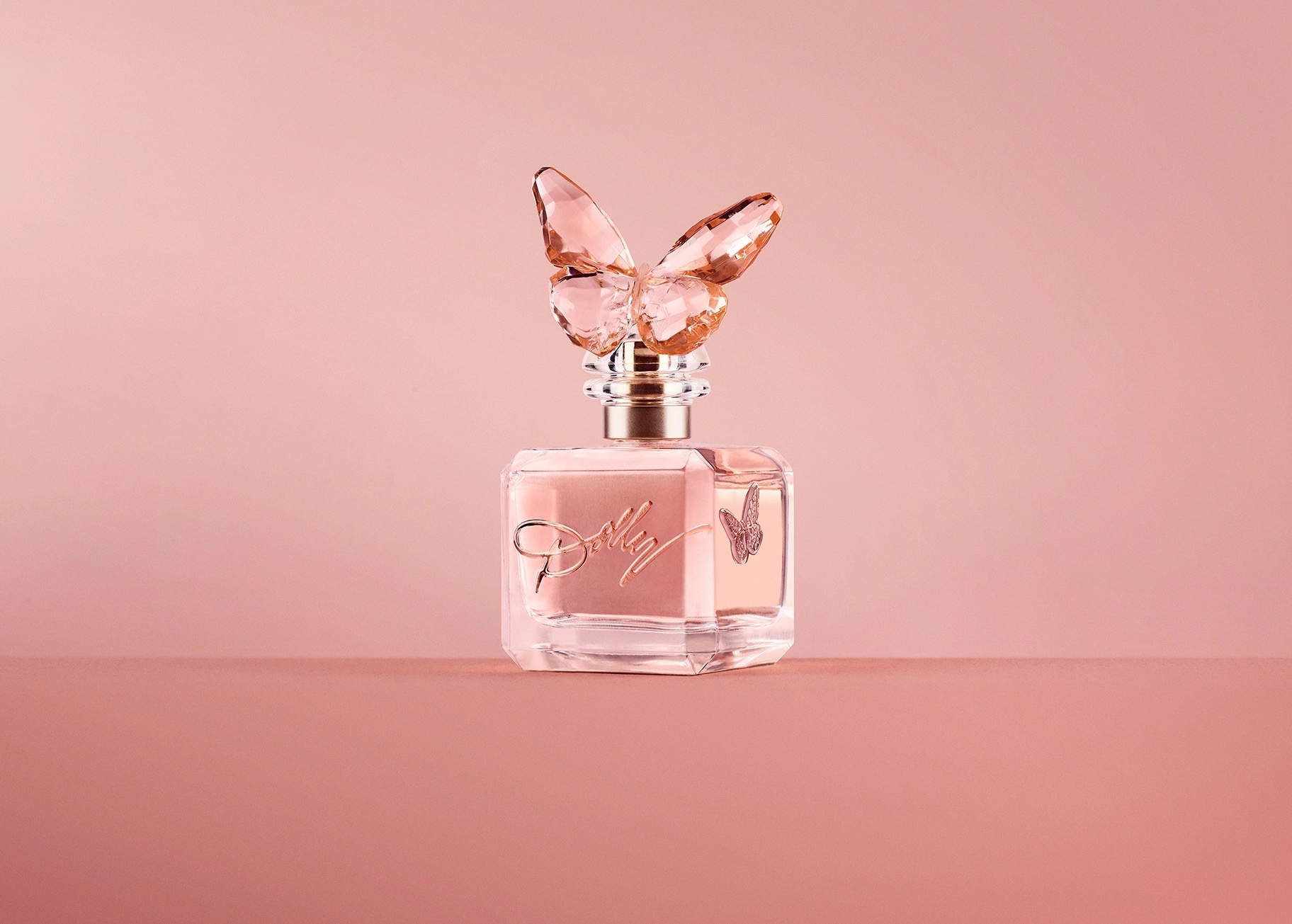
Where do you see the fragrance category today?
In the high-end luxury sector, the monumental quality of French and Italian brands remains. Brands like Dior, Hermès, Chanel and Gucci have done a brilliant job of growing. They’ve launched beautiful fragrances and campaigns, expanded into Asia and grown direct-to-consumer.
I’m very opinionated, and in my opinion, brands not out of that French and Italian luxury tradition like Calvin Klein and Diesel have less credibility today in terms of luxury. They’ve become mass and diverted while Dior, Hermès, Chanel and Gucci have maintained.
Fragrances connected to cosmetics brands like Glossier are a new market, and they’ve done quite well because they’ve been able to get the consumer to trade from a cosmetic purchase to a fragrance purchase with a great fragrance. Glossier’s fragrances appeal to young female consumers buying their products. It’s not exactly niche, but it’s its own type of customer.
Then, mostly in the mass market, you have new celebrities like Ariana Grande and Dolly Parton. Their fragrances are growing because of the relevance of those celebrities and their high-quality fragrances that people love. Those are doing well through retailers like Walgreens, Walmart and Dollar General. You are seeing a huge migration of customers to that channel.
There’s another segment with collection brands like Tom Ford and Jo Malone, which are brilliantly marketed by Estée Lauder and have maintained their sense of service, selection and olfactory choice. The danger of that market is it could be migrating to mass channels at lower prices.
What product formats do you see growing?
Other forms of fragrances are booming: body sprays, diffusers, mists, scented lip gloss. The notion of seduction from wearing an eau de parfum going out to dinner has been replaced by people wearing fragrances at home for themselves that aren’t necessarily eau de parfums. I believe that segment will get more space in mass and luxury retailers in the next five years.
What do you think of the idea of “clean” fragrance?
Clean fragrance is booming. It was started by the brand Clean and then Clean Reserve, and now there’s a much more broad-based consciousness that fragrance can be less toxic. Of course, there’s a lot of confusion. What is clean? How do you define it? And there’s confusion around organic and natural. Paradoxically, organic doesn’t help the environment relative to synthetic, it can cause more skin irritation, and the fragrance palette within organic is narrower and less appealing.
However, there’s merit to the movement toward clean fragrances that are sulfate- and phthalate-free and use more recycled packaging and componentry. Many brands are moving in that direction. Our brand Organix is a new generation of clean. We are using 80%-plus natural ingredients. We don’t pretend it’s 100% natural. We are sourcing essential oils directly from farms where we’re helping local economies.
Plus, we have created fragrances that are much longer lasting and light. People want fragrances that last long, but are light. We believe in the clean movement. We are finding that even channels like Amazon, Tmall and grocery love these products.
What’s your approach to distribution?
As a company, we don’t have a bias in terms of distribution channel. So, when we partner with a company, we don’t go, “Oh, let’s go in the mass market or prestige.” In today’s world, we believe you have to have a clever, customized distribution approach.
That said, I believe in the power of the mass market. Walmart and Walgreens are terrific retailers doing a great job selling fragrance, skincare and color in a very strong way. They’ve emerged as beauty destinations. Ulta is a great specialty retailer that continues to attract customers who are looking for luxury that’s not only at a high price, but at a luxury price with great service and stores.
Outside of the U.S., retailers like Rossmann and Superdrug are terrific. I think it takes a lot of work for department stores like Macy’s, but Macy’s is doing a valiant job of growing its consumer base and creating a very elevated experience post-COVID. I believe they are having terrific results this year, and I applaud all the retailers for digging in and trying in this category.
What role do you see for retailers like Dollar General?
Dollar General is a brilliant retailer growing leans and bounds. In the fragrance category, I think that they are doing well because they are figuring out which products, prices and sizes work best for their consumers. We are seeing a lot of cannibalization between the Dollar General and Walmart customer.
The biggest competitor to all the retailers is Amazon, which is a broad-based retailer that’s a place for search. Every brand is finding its way to Amazon. With the rise in gas prices, there may be a huge migration to Amazon as people don’t want to drive places. That’s an overall market factor.
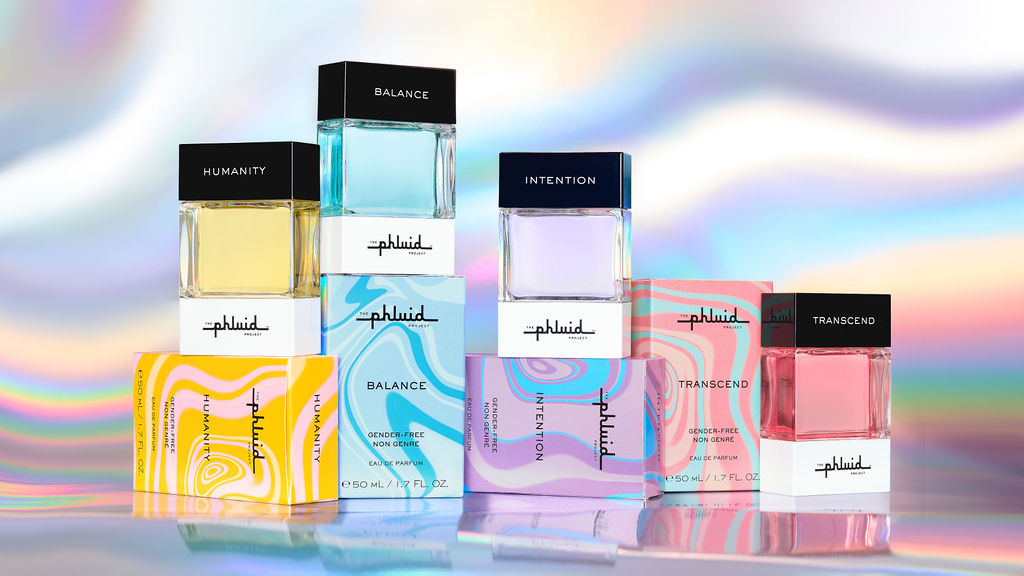
What do you do about Amazon?
We go on Amazon. We believe Amazon is a viable channel for all of our brands. The issue is, how do you go on Amazon and not cannibalize your other channels? We can create Amazon-specific SKUs. Sometimes they are large sizes at key prices or a specific format with a specific claim. We believe in Amazon as a parallel channel, but with a SKU offer that doesn’t cannibalize regular retail.
What about raising money?
We have terrific long-term strategic investors. Our view is we should raise capital progressively. So, we will have cash injections that allow us to scale internationally, particularly in China and Brazil, but, right now, our growth is so strong that we are generating the margins to reinvest in the business and grow the top line. Last year, we did close to $40 million in gross sales, and we hope that we will increase that by 50% this calendar year.
Where’s the growth coming from?
New brands. We will be announcing the launches of amazing brands. We have signed licensing deals with young celebrities, and in lifestyle and organic/natural. We are looking to expand the number of brands that we have. Also, the growth is coming from our existing brands like Dolly Parton, Kylie Minogue and Stetson.
What fragrances do you like to wear?
Having been in the fragrance industry my whole life, I was always a tried-and-true Hermès user. I’ve always used Bel Ami. I lived in Paris, so I think I’ve been influenced by French culture in terms of my olfactory tastes. Now, I’m using Eau d`Orange Verte.
The Scent Beauty fragrances I love include Ron Dorff Discipline Sport and Stetson Spirit, which will reach a younger consumer. Call it the grandson of the original Stetson. I’ve been wearing that fragrance regularly for the last year, but, if you came to my house, you would all the bottles of the fragrances we are creating in my kitchen.


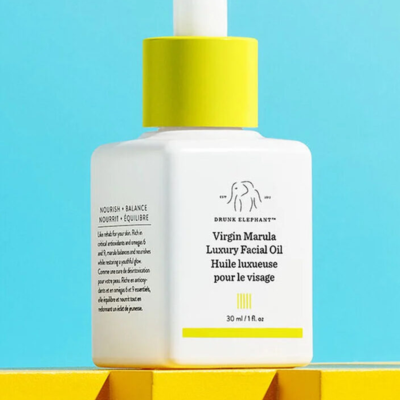

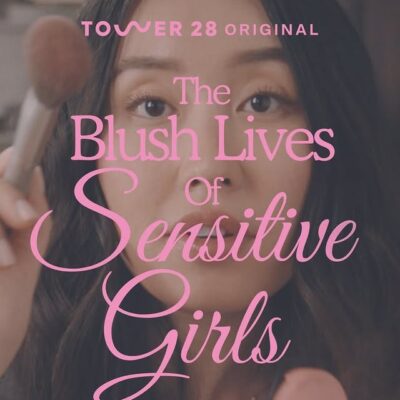
Leave a Reply
You must be logged in to post a comment.